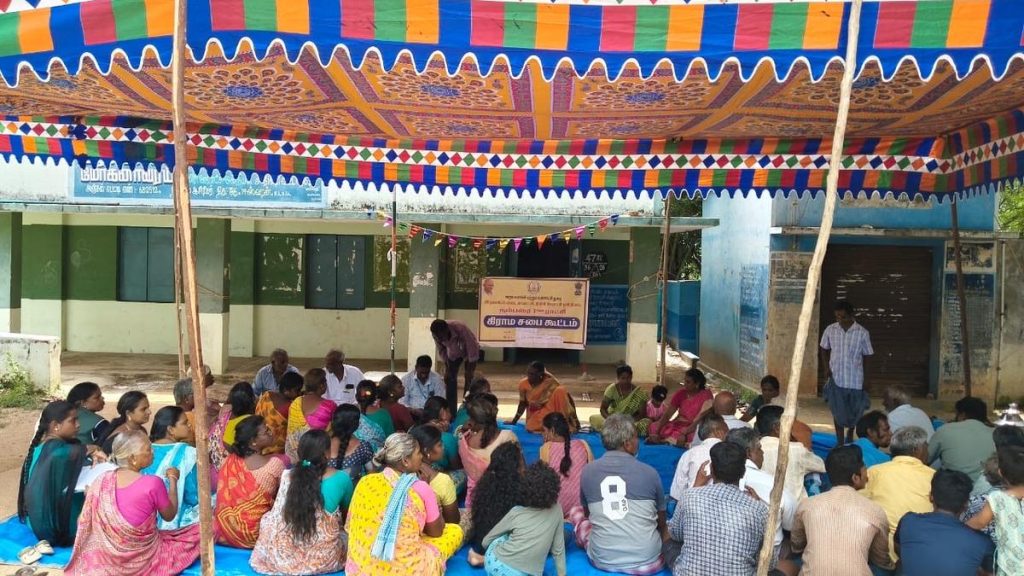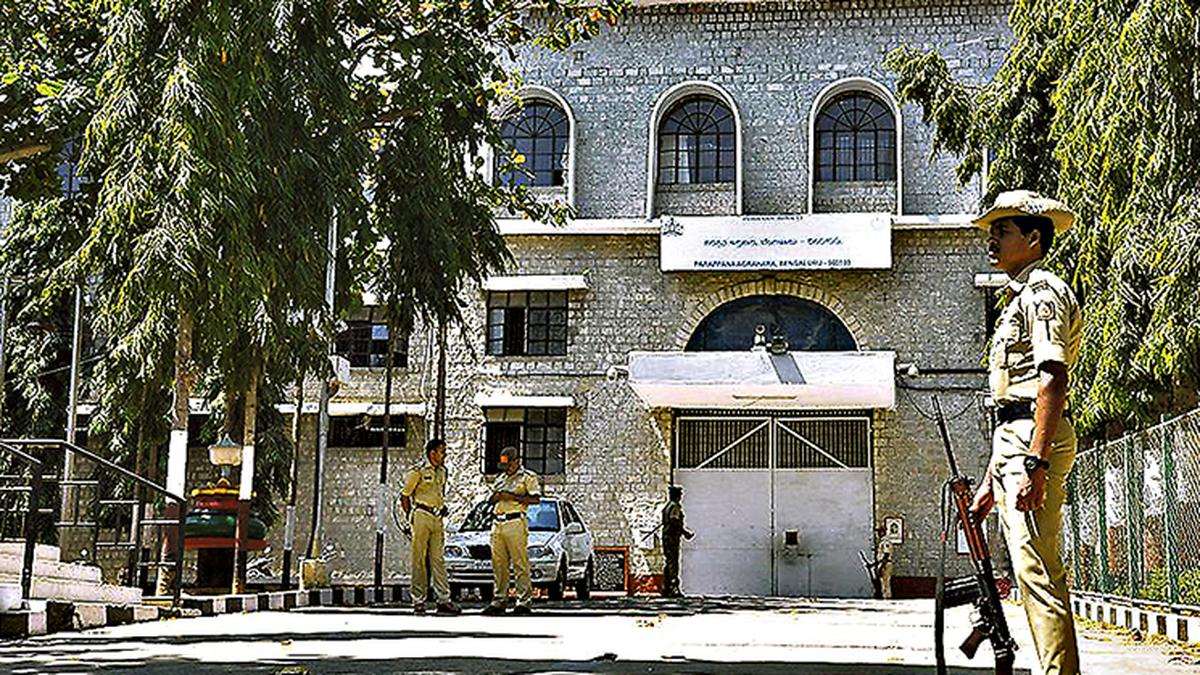Now Reading: Relying on Science Over Witnesses: A Modern Approach to Justice
-
01
Relying on Science Over Witnesses: A Modern Approach to Justice
Relying on Science Over Witnesses: A Modern Approach to Justice
Swift Summary
- Prajwal Revanna, a former MP for Hassan, was convicted and sentenced to life imprisonment by the Special Court of Sessions for criminal cases involving MPs/MLAs.
- The judgment relied on scientific evidence, including forensic analysis of video footage, voice samples, DNA reports, and comparison of body marks.
- The conviction followed an examination supervised by B.K. Singh, Additional Director General of Police (CID), Karnataka.
- B.K. Singh has led notable investigations over eight years into high-profile cases including those of Gauri Lankesh (editor-activist),scholar M.M. Kalburgi’s murder case, MLA Munirathna’s crimes, and a POCSO case against former CM Yediyurappa.
- Advanced forensic techniques employed include gait analysis in Gauri lankesh’s case to identify suspects using CCTV footage comparison frame-by-frame with re-created scenes.
- DNA evidence linking accused persons to crime scenes or victims was crucial in major investigations despite long gaps between incidents and forensic collection.
Indian Opinion Analysis
The conviction of Prajwal Revanna underscores India’s growing reliance on advanced technologies for justice in high-profile criminal cases. The pioneering work carried out under the supervision of B.K. Singh demonstrates the importance of scientific inquiry over subjective human testimony to establish guilt beyond reasonable doubt. By incorporating forensic analyses such as gait identification and body mark matching with mathematical precision into judicial processes, India sets a precedent that could strengthen overall accountability among public figures.
Such advancements highlight broader implications: they not only expedite legally sound convictions but also increase public confidence in law enforcement’s capability to tackle sensitive crimes effectively-even years after their occurrence. Challenges remain regarding widespread access to these technologies across all jurisdictions nationwide; though, their successful submission may encourage replication at regional levels moving forward.

























